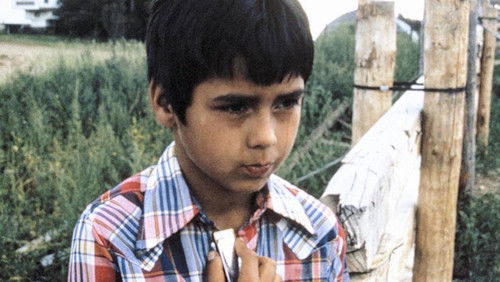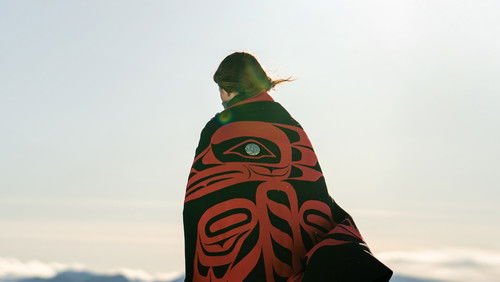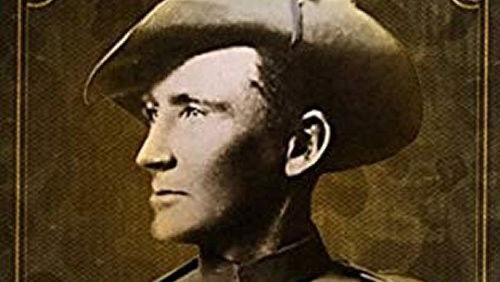The Great White Silence (1924)
66KThe Great White Silence: Directed by Herbert G. Ponting. With Robert Falcon Scott, Herbert G. Ponting, Henry R. Bowers, Edgar Evans. In 1910 the British Antarctic Expedition, led by Capt. Robert F. Scott, embarks from Lyttleton, NZ on a quest to become the first to reach the South Pole.
“u0026quot;The Great White Southu0026quot; can be an entertaining account of the Terra Nova Expedition, from Lyttelton, NZ to Antarctica. Watch with a mindu0026#39;s eye that can help you step backward in time, to the thinking of 1910. u003cbr/u003eu003cbr/u003eWhen watching how the story is pieced together, at first I was a little bothered by the light slap-stick splashed between the scenes that were shown. One bit of information about a certain cat was truly void of political-correctness, which made me bristle. But after a few viewings of the movie I came to actually appreciate the humor, partly by understanding the reason for its use. The cinematography and story-telling shared by Herbert Ponting was based on turn-of-the-19th-century knowledge and thinking – a far cry from where society is today. Keeping this in mind helps one enjoy this piece of cinematic achievement more.u003cbr/u003eu003cbr/u003eI was fooled upon first glance that Mr. Ponting might have joined the actual South Pole expedition as they actually set out in November, 1911, to undertake the quest for the frozen goal. There were still images taken at the Pole, not by Mr. Ponting, but by Lt. Henry Bowers, one of the four men selected. u003cbr/u003eu003cbr/u003eThe quips actually became comic relief as the story turns quite chilly, with some plot revelations as the four explorers trudge hundreds of miles, over a two-month period. Allow yourself to step out of your own comfortable shoes and into those of these comrades, and youu0026#39;ll appreciate the story much better. Itu0026#39;s a slice of significant world history, in which Mr. Ponting was able to capture, during the journey. u003cbr/u003eu003cbr/u003eItu0026#39;s amazing to learn the back stories of the major characters and how events converged with the trek for the South Pole, and why it also took more than a decade for this film to be completed. Cast out what would be todayu0026#39;s poor choice of mingling with wildlife (and otherwise meddling with it) and revel in some enjoyable photography, story-telling and cinematography of its time. u003cbr/u003eu003cbr/u003eOne footnote: I watched the BFI-restored film, complete with restored colorizing and tinting (first done by Mr. Ponting himself). Oranges, blues, and odd shades of red seem meant to add a sense of time of day in some scenes, or the color of sea water. It didnu0026#39;t disturb me to see this when realizing that the color was as the filmmaker intended. The soundtrack by Simon Fisher Turner (Soleilmoon Recordings – 2011) was a welcome and haunting treat, which rejected the customary organ music one expects with silent films while adding depth to the visuals.”









